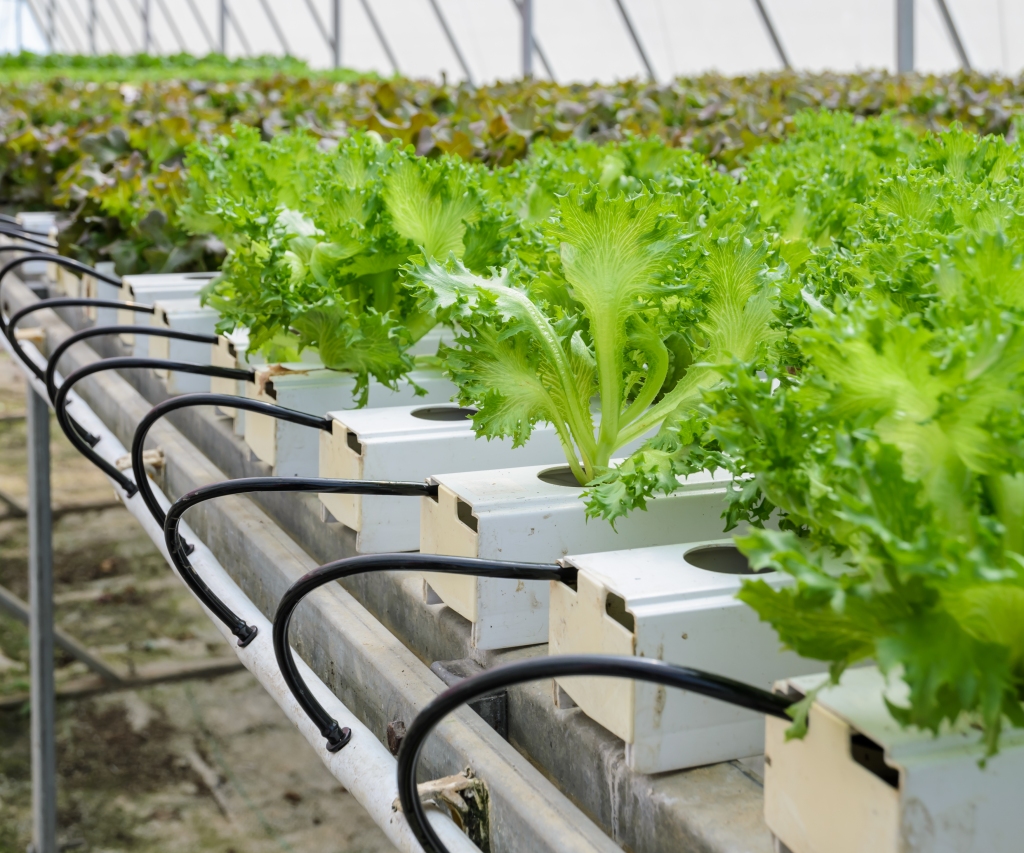Hydroponic systems have gained popularity among rural living and homesteading enthusiasts as an efficient and sustainable way to grow plants without soil. Whether you’re looking to increase your crop yield or simply want to try a new gardening technique, hydroponics can be a great addition to your homestead. In this article, we will explore the different types of hydroponic systems available and their benefits.
1. Deep Water Culture (DWC): This is one of the simplest and most popular hydroponic systems for beginners. Plants are suspended in nutrient-rich water with the help of a floating platform or net pots. Oxygen is provided through air stones or diffusers submerged in the water, ensuring that plant roots receive adequate oxygenation.
2. Nutrient Film Technique (NFT): NFT systems involve a constant flow of nutrient solution over sloping channels where plants are placed in small baskets or troughs. The thin film of nutrient solution ensures that plant roots remain moist while also allowing them access to oxygen.
3. Ebb and Flow: Also known as flood and drain system, ebb and flow relies on periodic flooding of the growing tray with nutrient solution followed by draining it back into a reservoir. This cycle allows plants to absorb nutrients during flooding while preventing root rot during drainage periods.
4. Aeroponics: In aeroponic systems, plants are suspended mid-air with their roots sprayed intermittently with a fine mist containing nutrients using high-pressure pumps or foggers. This method provides ample oxygenation for the roots, leading to faster growth rates compared to other systems.
Benefits of Hydroponic Systems:
– Space efficiency: Hydroponics eliminates the need for traditional soil-based farming, making it ideal for those with limited space.
– Water conservation: Hydroponic systems use up to 90% less water compared to conventional agriculture due to recirculation and reduced evaporation.
– Controlled environment: With hydroponics, you have complete control over factors like temperature, humidity, and lighting. This allows for year-round cultivation and better crop management.
– Increased yields: Hydroponic plants tend to grow faster and produce higher yields due to direct access to nutrients and oxygen.
– Pest and weed control: Growing plants hydroponically minimizes the risk of soil-borne pests or weeds interfering with the crops.
Whether you’re a beginner or an experienced gardener, exploring hydroponic systems can offer exciting opportunities for experimentation and increased self-sufficiency on your homestead. Start small with a basic system, learn along the way, and soon you’ll be enjoying the benefits of growing fresh produce right at home.


Leave a comment